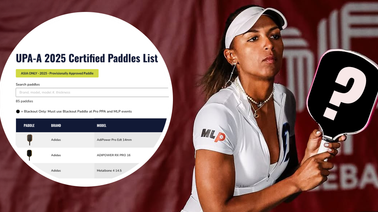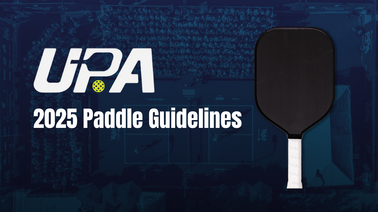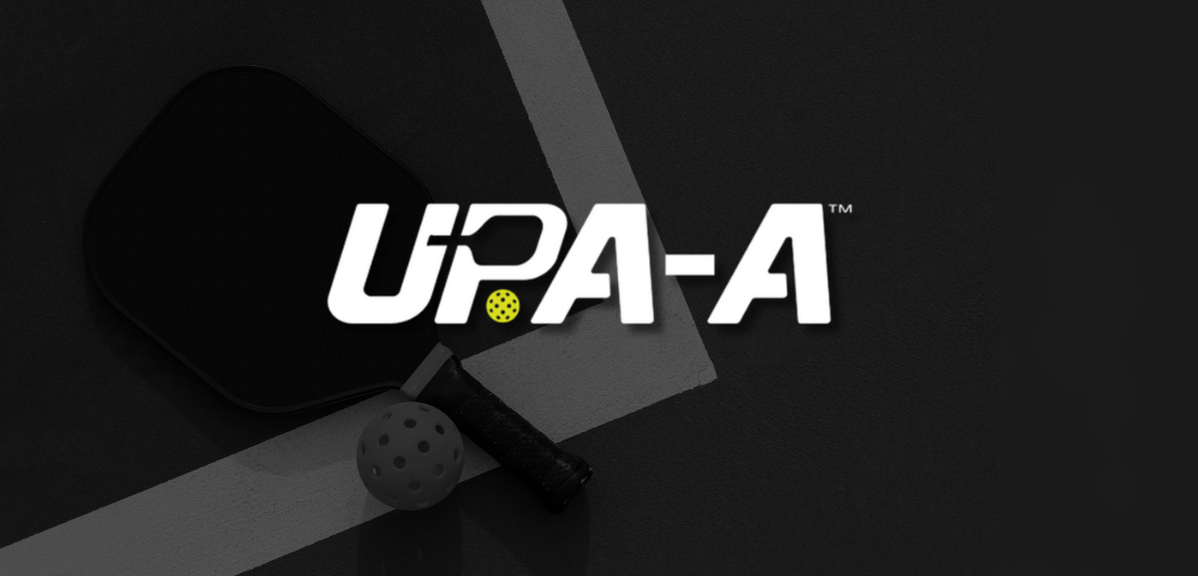
Pro Paddles Are Still Failing Onsite Testing — Repeat Offenders Could Face $50K Fines
The UPA-A is cracking down on models that are grittier than testing standards allow. Brands whose paddles fail will face escalating fines and other penalties. Repeat offenders could be removed from the Approved Paddle List entirely.
Since new regulations went into effect on September 1 of this year, all paddles used at the professional level are held to a higher performance standard for power and spin.
And yet, nearly two months later, some models wielded by pros are failing on-site testing, producing more spin than they're allowed by the new letter of the law.
The result: They're promptly removed from play. If the problem persists, says a new edict released by the United Pickleball Association of America, fines approaching $50,000 could be next.
So paddles passed testing, now they're failing?
For a paddle to be used at PPA or MLP events, it must appear on the UPA Certified Paddle List. Full stop. No exceptions.
This means it's gone through the UPA-A's new testing protocols and been assigned a unique model number, an alphanumeric code between three and 10 characters used throughout the certification and compliance ecosystem, allowing the lab to track, verify, and enforce standards more efficiently.
It also allows for more seamless on-site testing at events.
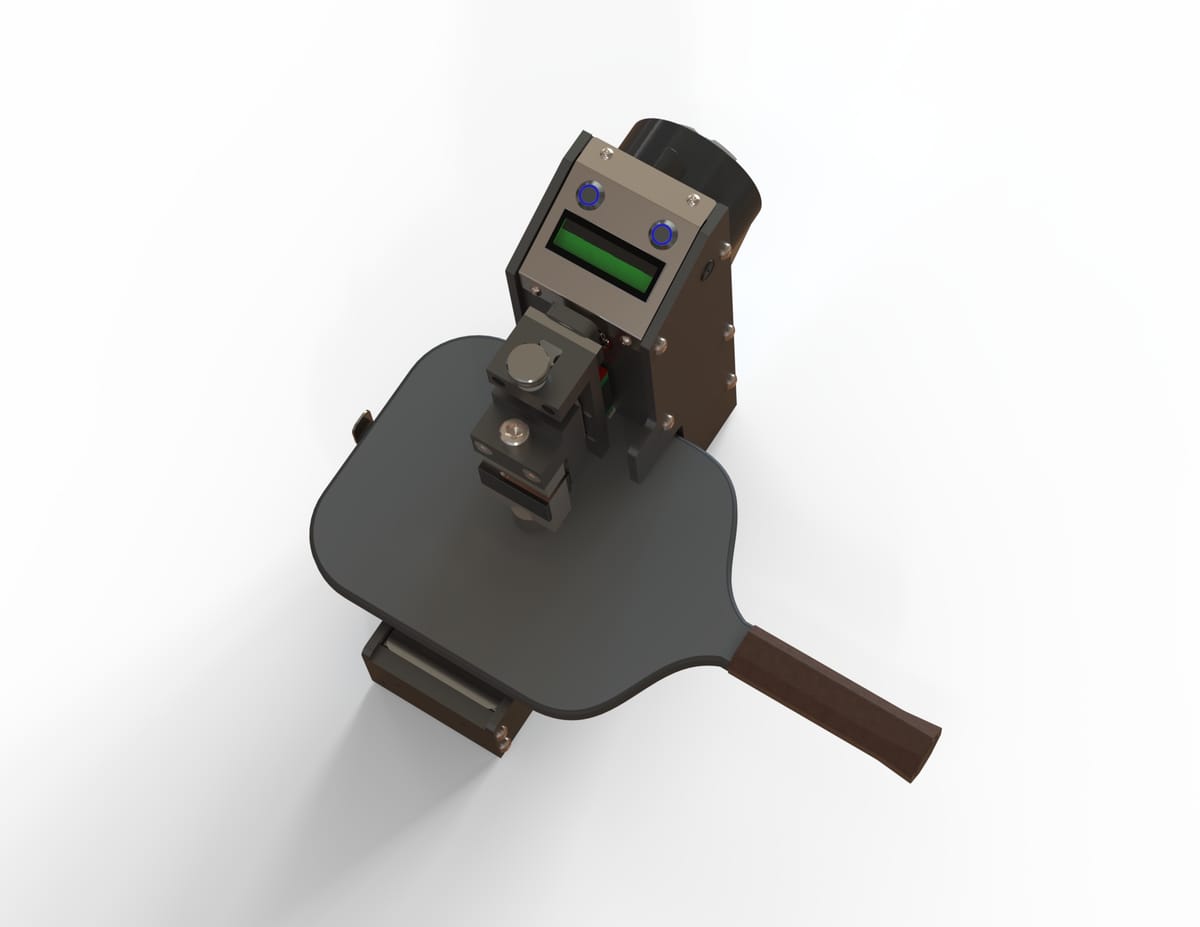
The model number is the key to enforcement and accountability. Once a paddle is certified and carrying a model number, the UPA-A says, it's locked in from future tweaks and changes.
Manufacturers are attesting that any paddle carrying that same Model Number is identical in construction, materials, and performance to the original version of the paddle which was certified with the unique Model Number.
The system is designed to ensure the same models that passed initial testing are the ones being played on professional courts thereafter.
That, we've learned, has not always been the case. The system is working.
How are paddles failing onsite testing?
In a word: spin.
The purpose of the UPA-A's certification protocol is to ensure that all paddles remain compliant "throughout their lifecycle in the marketplace."
But already, paddles across a handful of brands have tested outside the allowable threshold for spin, despite sailing through initial testing.
Now, the UPA-A is taking them out of circulation based on two criteria.
- Surface roughness reading exceeds 25% of the reading of the paddle(s) originally submitted for UPA-A Certification
- Paddle surface exhibits a different material composition or finish than what was originally submitted and approved during certification
UPA-A would not name-drop specific brands, but confirmed to The Dink it's been six separate manufacturers so far.
New UPA-A paddle rules went into effect 9/1/25. We have confiscated and tested a number of paddles from onsite testing and are working with brands to ensure they remain eligible for play. Details of how we implement and proceed below. https://t.co/0th9fS1Ub4
— United Pickleball Association (@UnitedPBAssoc) October 20, 2025
What's the UPA-A doing about it?
Quarterly beginning in January 2026, the UPA-A will embark on a new Paddle Compliance Protocol.
Here's how it'll work:
- Each quarter, three brands will be chosen at random (brands will not be selected more than once per year)
- One model will be selected from each brand based on prior testing results, onsite data collected, and "player and community feedback"
- The UPA-A will then purchase five paddles of the selected model from a variety of independent retail channels – direct from the brand, online vendors, retail stores, etc.
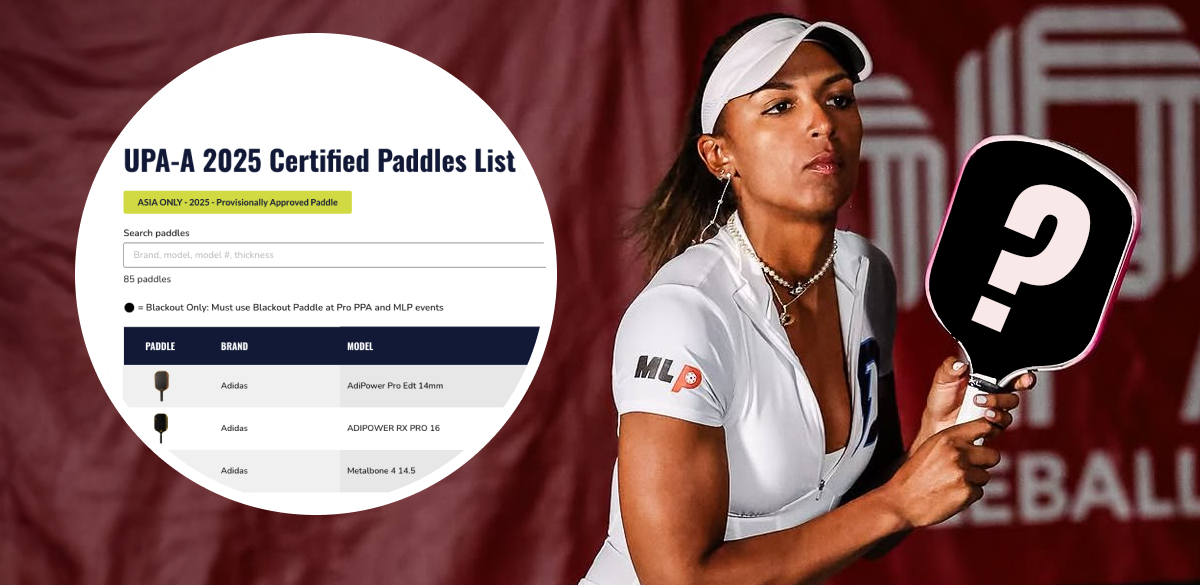
If two or more of the five paddles fail subsequent testing, the manufacturer will be sent a Notice of Non-Compliance. Fines and de-listing could also result, based on a Penalty Schedule, which the UPA-A released on October 20.
For the remainder of 2025, a first offense will come with a $1,000 fine while penalties for multiple offenses could reach $10,000 and come with the threat of suspension from the approved paddle list.
Beginning in 2026, things escalate significantly: "A third violation will trigger an investigation where consequences could amount to suspensions, removal from certification list, and/or additional fines."
The fine amount: Up to $50,000.

Love Pickleball? Join 100k+ readers for free weekly tips, news & gear deals.
Subscribe to The DinkGet 15% off pickleball gear at Midwest Raquet Sports




